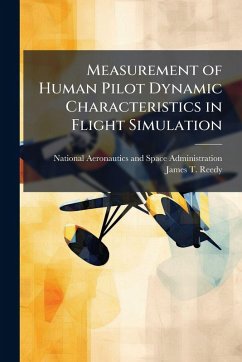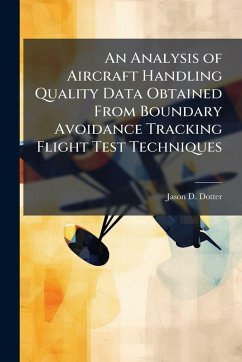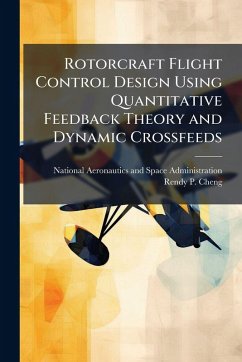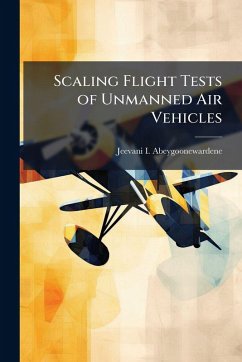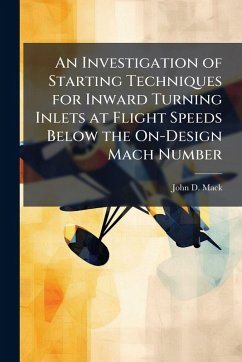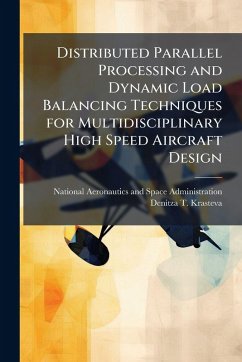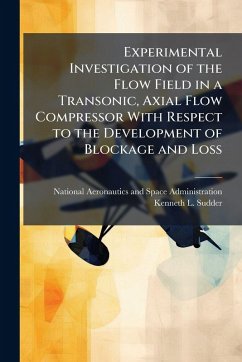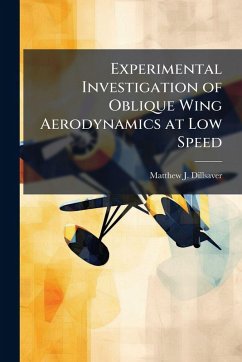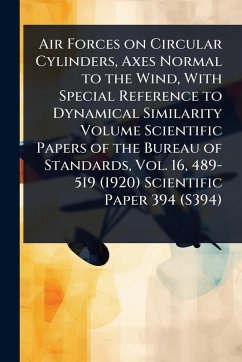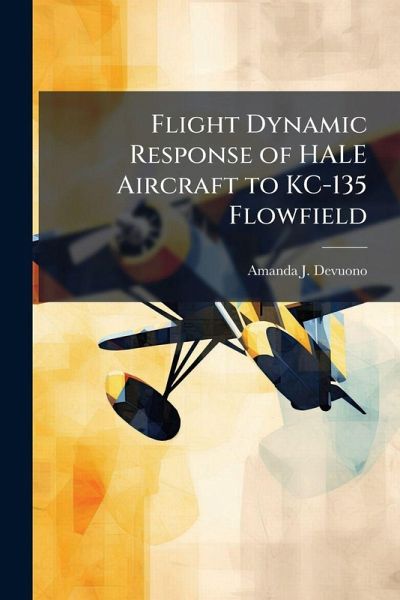
Flight Dynamic Response of HALE Aircraft to KC-135 Flowfield

PAYBACK Punkte
8 °P sammeln!
This research effort examines the static affects of a KC-135 flowfield on a flexible winged Sensorcraft model. The KC-135 flowfield data is generated by a vortex lattice code and integrated into Sensorcraft model for analysis. Building on previous research, a refueling situation was modeled to note the effects of the Sensorcraft at varying locations within the flowfield. The Sensorcraft model was analyzed for both rigid and flexible wings as a means of comparision. Flowfield locations of interest were determined and trimmed conditions were computed for each flowfield location. This work has be...
This research effort examines the static affects of a KC-135 flowfield on a flexible winged Sensorcraft model. The KC-135 flowfield data is generated by a vortex lattice code and integrated into Sensorcraft model for analysis. Building on previous research, a refueling situation was modeled to note the effects of the Sensorcraft at varying locations within the flowfield. The Sensorcraft model was analyzed for both rigid and flexible wings as a means of comparision. Flowfield locations of interest were determined and trimmed conditions were computed for each flowfield location. This work has been selected by scholars as being culturally important, and is part of the knowledge base of civilization as we know it. This work was reproduced from the original artifact, and remains as true to the original work as possible. Therefore, you will see the original copyright references, library stamps (as most of these works have been housed in our most important libraries around the world), and other notations in the work. This work is in the public domain in the United States of America, and possibly other nations. Within the United States, you may freely copy and distribute this work, as no entity (individual or corporate) has a copyright on the body of the work. As a reproduction of a historical artifact, this work may contain missing or blurred pages, poor pictures, errant marks, etc. Scholars believe, and we concur, that this work is important enough to be preserved, reproduced, and made generally available to the public. We appreciate your support of the preservation process, and thank you for being an important part of keeping this knowledge alive and relevant.



